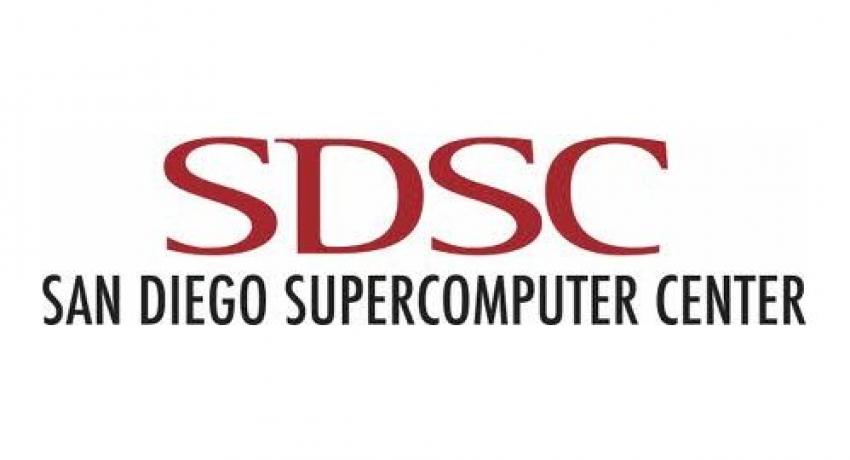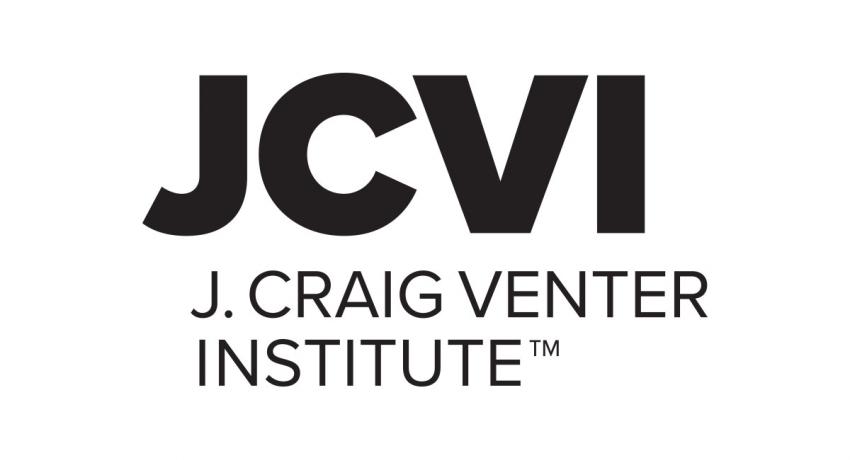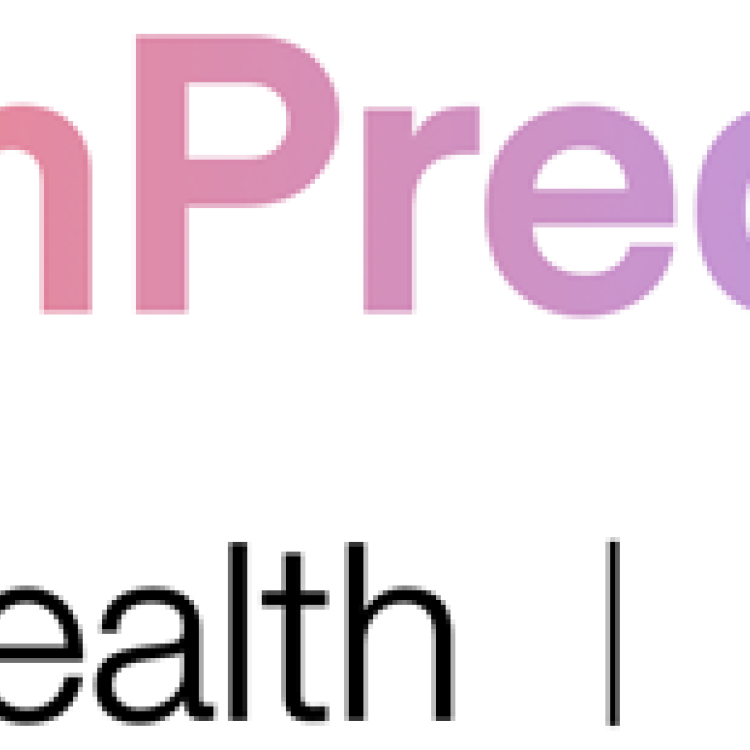The Kepler Project
The Kepler Project supports the use and development of the free, open source Kepler Scientific Workflow System. This system helps scientists, analysts, and computer programmers create, execute, and share models and analyses across a broad range of scientific and engineering disciplines. The Kepler Scientific Workflow System can operate on data stored locally and over the internet.
Clean Energy Smart Manufacturing Innovation Institute (CESMII)
The Clean Energy Smart Manufacturing Innovation Institute (CESMII) is a non-profit organization driving the transformation of the manufacturing industry toward a cleaner, more sustainable future. The US Department of Energy's (DOE) Clean Energy Manufacturing Initiative declared CESMII a Manufacturing Innovation Institutes in 2016.
WIFIRE: Workflows Integrating Collaborative Hazard Sciences
The WIFIRE CI (cyberinfrastructure) builds an integrated system for wildfire analysis by combining satellite and remote sensor data with computational techniques to monitor weather patterns and predict wildfire spread in real-time. The WIFIRE Lab, powered by this CI and housed at the San Diego Supercomputer Center, UCSD, was founded in 2013 and is composed of various platforms and efforts, including:
Sage: A Software-Defined Sensor Network
The Sage project is a National Science Foundation (NSF)-backed endeavor, led by Northwestern University since 2019. The project focuses on harnessing the latest edge computing technologies and methods to create a programmable, reusable network of smart, AI-based sensors at the edge for various applications, e.g., tracking smoke plume dispersion during wildfires. Leveraging our expertise in cyberinfrastructure development and data architecture, we have been working towards the robust development of several pieces of the Sage sensor network, including:
TemPredict
The TemPredict initiative was spearheaded at UCSF in 2020, to bring together experts in a variety of disciplines, including machine learning and epidemiology, to forecast COVID-19 cases, and track the progression and spread of the virus. The initiative received seed money from the health tech company, Ōura, who also provided the wearable technology (i.e., the Ōura ring), to collect the personalized health data (e.g., body temperature, heart rate, etc.) of TemPredict study participants.











